Hope and Help: Feeding San Diego’s COO Volunteers in Houston
As a member of the Feeding America network, Feeding San Diego believes in the power of community and in the importance of acting as a good neighbor – even when our neighbors live more than a thousand miles away. After Hurricane Harvey left Houston and other parts of Texas devastated, Feeding San Diego wanted to do its part to help in any way we could.
The leading food bank in Texas, Houston Food Bank, played a major role in helping those who were left homeless and helpless by the hurricane. Our Chief Operations Officer, Alicia Saake, decided to volunteer at Houston Food Bank to lend a hand and provide her expertise in operations and volunteer logistics.
Alicia arrived in Houston on September 7 one week after Hurricane Harvey struck and stayed for two weeks helping to nearly double Houston Food Bank’s daily distribution. Houston Food Bank is also a member of Feeding America, making it our sister organization. The main role Alicia had in Houston was managing thousands of volunteers in the volunteer department working in the “carousel.”

The carousel is an assembly line that traditionally volunteers use to sort through food. One of Alicia’s first projects was to quickly create a new process for the carousel to make disaster boxes for flood victims instead of sorting food. The assembly line could engage over 200 volunteers at one time creating disaster boxes.
This new process was streamlined to create as many boxes as possible in an hour. At one point in her stay, the volunteers were able to create 4,400 disaster boxes in one three-hour shift.
During Alicia’s time working at the Houston Food Bank, she engaged over 8,000 volunteers. These volunteers came in locally from Texas and across the nation, with people traveling from as far as Boston. Volunteers sorted donations from all 50 states, including many different countries.
Providing relief for those affected by the flood was no easy task. The work that Alicia and the other volunteers did was physically and emotionally demanding. Some days lasted 14 hours. While at Houston Food Bank, Alicia averaged nearly a marathon (26.2 miles) of walking every two days.
With nearly double the supplies coming into the distribution center at Houston Food Bank, there was a lack of access to electrical equipment. This meant that many items that would normally be moved by pallet jacks or fork lifts were now lifted by hand.
Twenty-three different Feeding America partner food banks came to provide relief at Houston Food Bank. Having such a wide variety of food bankers in one location allowed for Alicia to learn and take a lot of knowledge away from this experience. She plans to use this new knowledge to help improve Feeding San Diego.
One of the biggest takeaways for Alicia was disaster preparedness.
“I want to figure out how we can prepare ourselves to essentially double distribution overnight.”
Volunteers and the local community play a huge role in helping after disasters and luckily, Feeding San Diego has a great support system. While everyone hopes disaster won’t happen to them, it is best to prepare for the worse. Feeding San Diego has begun to implement practices and prepare based on the knowledge gained in Houston.








